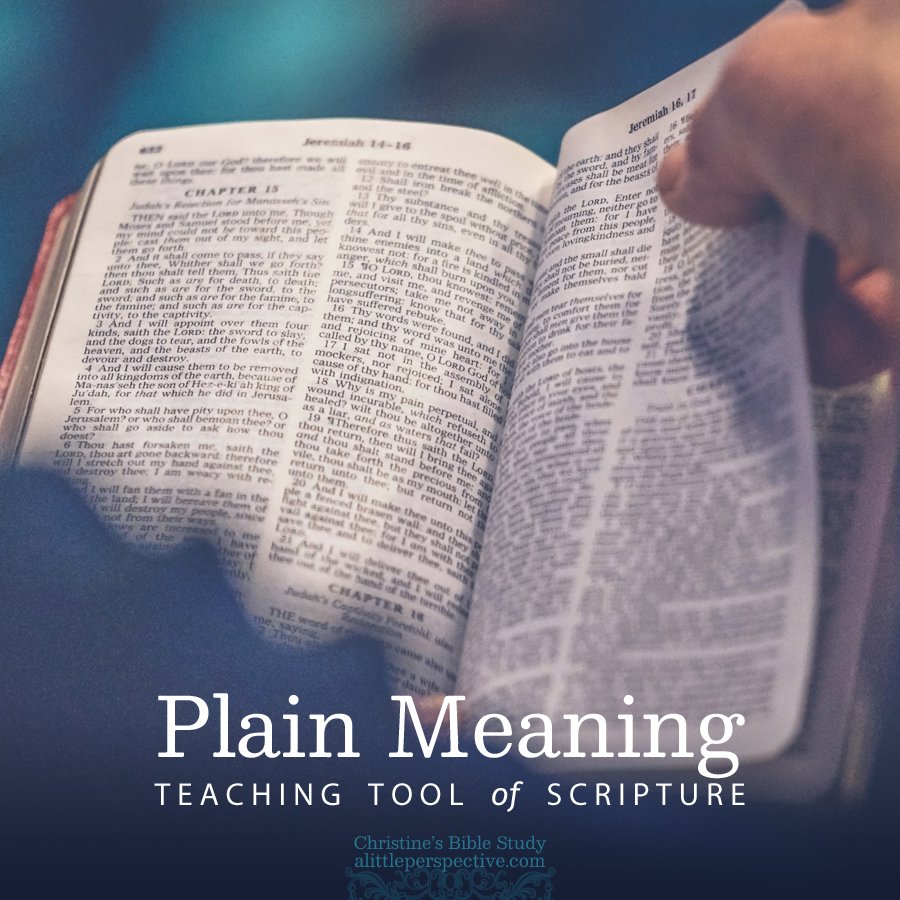The Teaching Tools of Scripture
God’s Word means what it appears to mean, upon the simple reading of an accurately translated text. This teaching tool is often overlooked, but shouldn’t be. For example, the Hebrew paragraph divisions for the first two chapters of Genesis are as follows:
Gen 1:1-5 {p} First day of Creation
Gen 1:6-8 {p} Second day of Creation
Gen 1:9-13 {p} Third day of Creation
Gen 1:14-19 {p} Fourth day of Creation
Gen 1:20-23 {p} Fifth day of Creation
Gen 1:24-31 {p} Sixth day of Creation
Gen 2:1-3 {p} Seventh day of Creation
Gen 2:4-3:15 {s} Disobedience to God’s command is sin
Thus the heavens and the earth, and all the host of them, were finished. And on the seventh day God ended His work which He had done, and He rested on the seventh day from all His work which He had done. Then God blessed the seventh day and sanctified it, because in it He rested from all His work which God had created and made. Gen 2:1-3
The chapter and verse divisions in our Bibles are different from the original Hebrew paragraph divisions. They were added many thousands of years later, during the Middle Ages, by those with an anti-Torah bias. Here we see the bias in play as the seventh day, the Sabbath, is cut by the chapter division from the rest of the days of creation week, where we can see it belongs. It was instead put with the second chapter of Genesis, which was held to be allegorical in the Middle Ages. This allowed the powers that be to ignore the command to honor the Sabbath day without feeling guilty about it.
They manipulated the text, without overtly manipulating it, in order to dilute or divert the Plain Meaning of Genesis 2:1-3 as the Sabbath day of rest on the seventh day.
Other examples:
Genesis 1, The plain meaning of the creation account
Psalm 11, Present actions and future fate of the wicked
Matthew 5, And Yeshua, the fulfilling of the Law
Mark 7, Clean and unclean food
2 Peter 3, And the coming judgment
Revelation 1, Introduction to the vision

















Leave a Reply